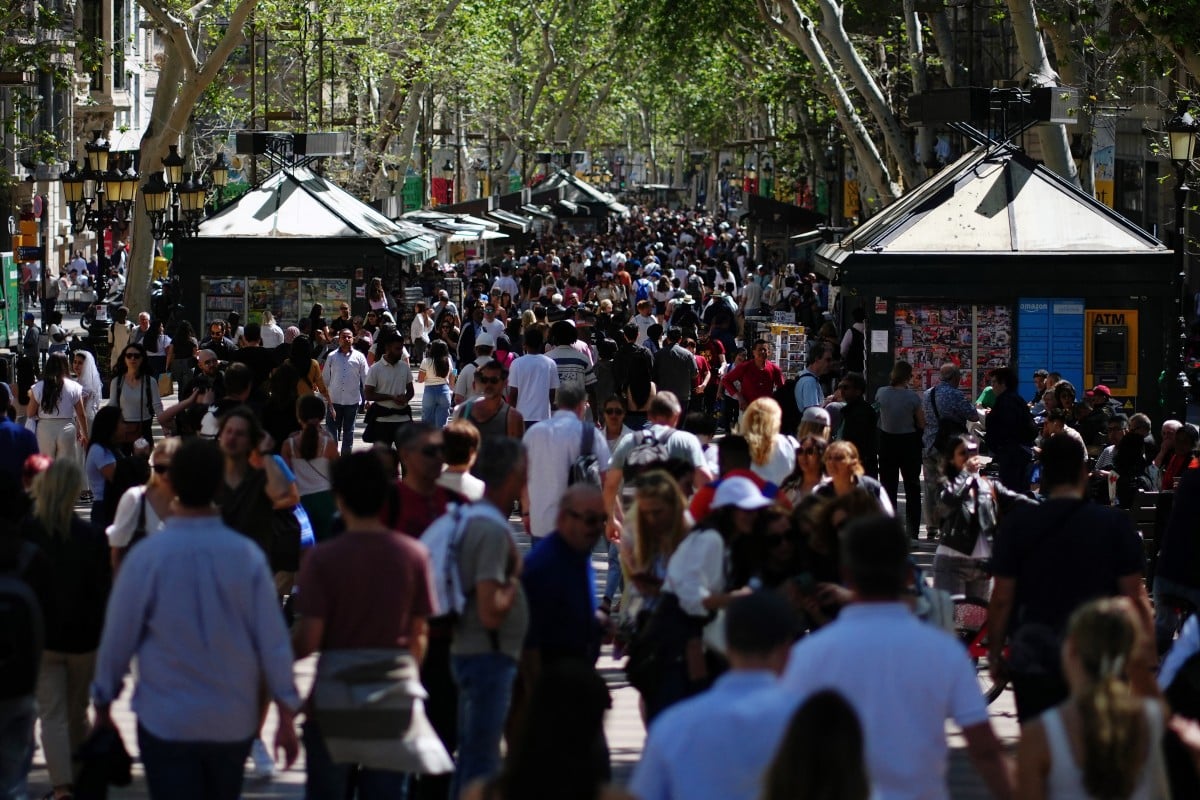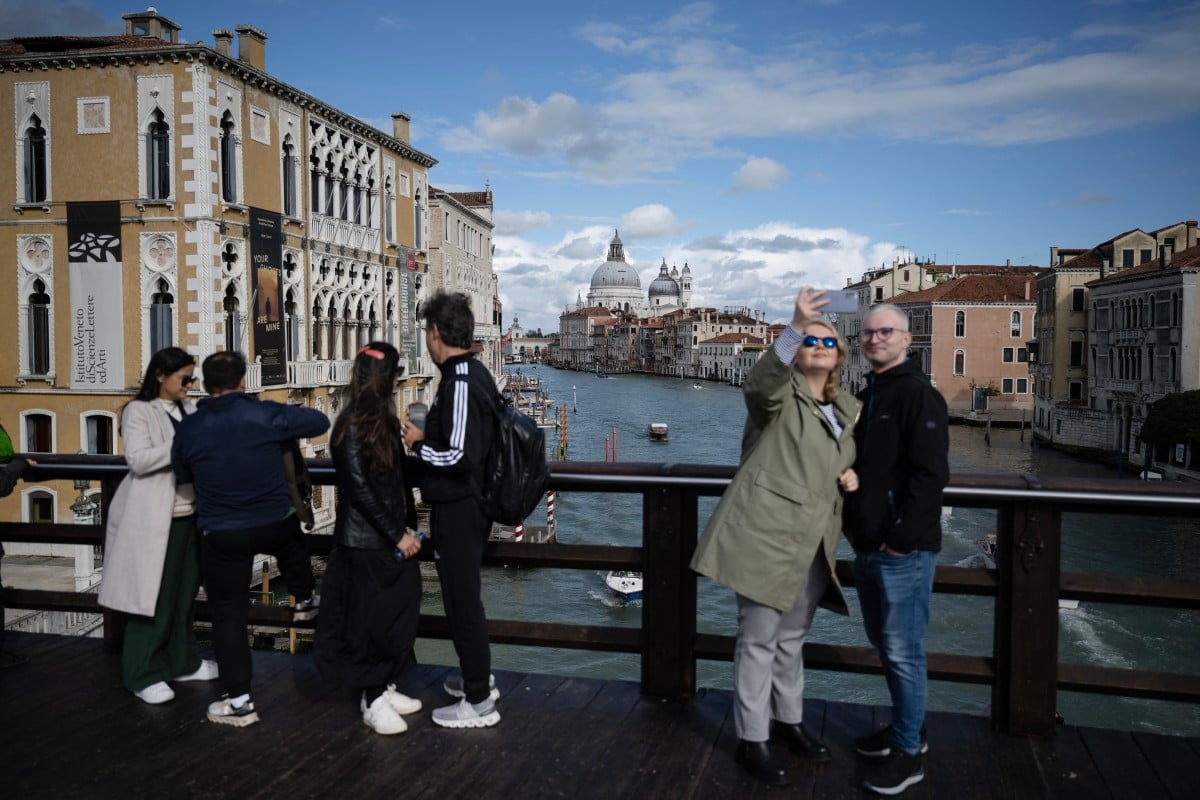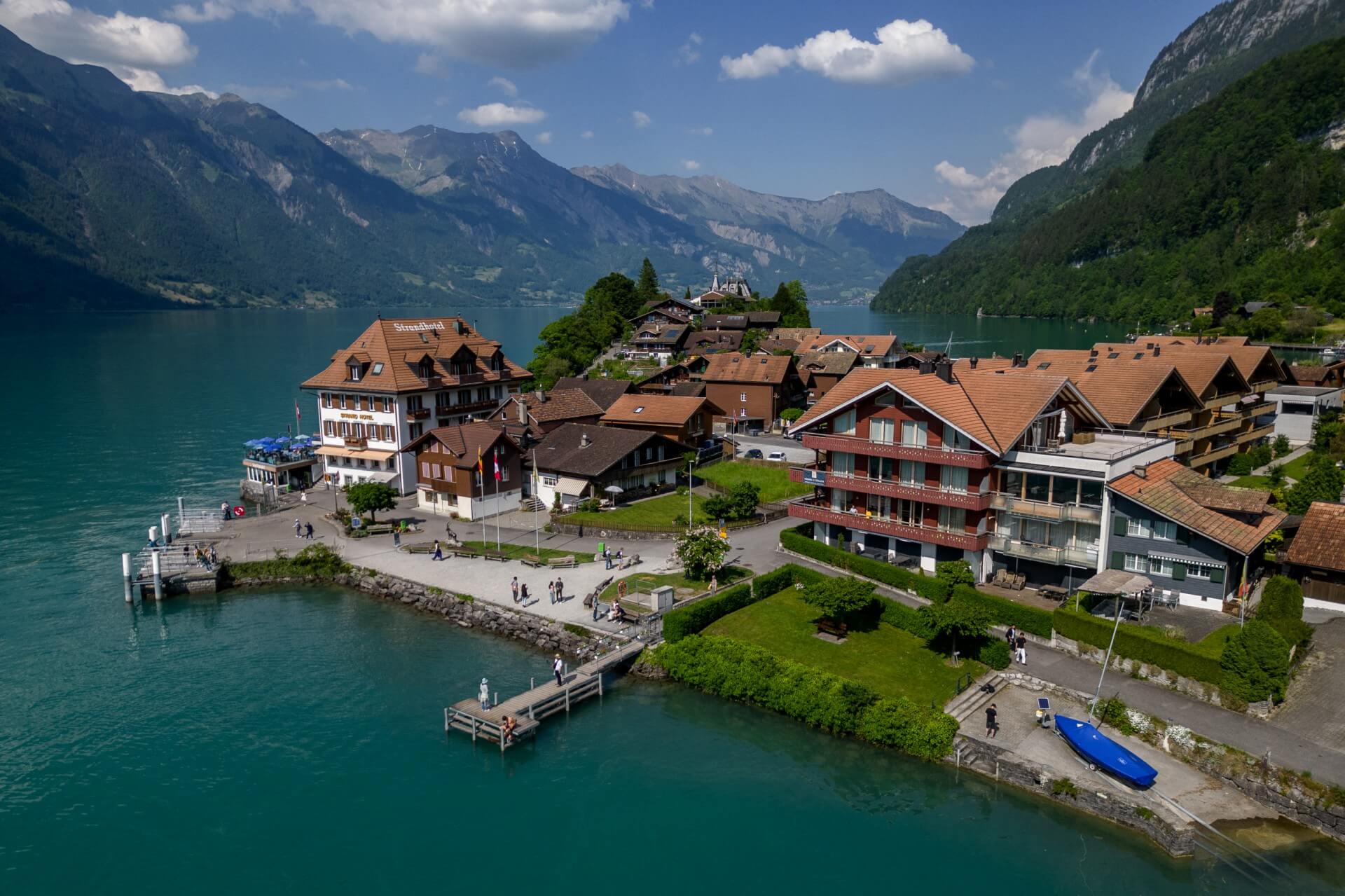Between 2019 and 2022, Brittany was the region with the highest rate of growth in the tourism sector across all of France, as visitor numbers jumped more than seven percent in 2022 when compared with three years prior, before the start of the Covid-19 pandemic.
Between April and September 2022, Brittany was France's fourth most visited region in France, with over 21.9 million stays recorded, and it is becoming notably more popular with French tourists.
While the region's sandy beaches, beautiful countryside, quaint towns and delicious local produce have long been a draw for tourists, experts put the recent growth in popularity down to two factors; weather and money.
Weather
Brittany's reputation within France is for cooler temperatures, cloud and outbreaks of rain. While this might not traditionally have been appealing for a summer break, ever-rising temperatures mean that a cooler region is starting to look very attractive.
Between 1981 and 2010, the average temperature in Brest, the city furthest to the west in Brittany, was just 21C in August. As for the département of Morbihan, it was closer to 23C. Meanwhile, along the Mediterranean those averages ranged between 28C to 30C.
As the climate crisis stands to increase average temperatures across France, Brittany is no exception, but it is still set to remain much cooler than southern France. During the summer of 2022, several parts of Brittany experienced record temperatures exceeding 35C, but the weather was consistently hotter and drier in southern France.
Nice, for example, experienced more than 60 'tropical nights' where the temperature never fell below 20C in 2022.
The second region to see over six percent growth in tourist numbers between 2019 and 2022 was Normandy, located just to the north of Brittany and also known for cooler weather.
Cost
Brittany is also appealing financially as it is typically a lot cheaper than resorts along the Mediterranean, and as inflation bites cost is becoming more important to many French families.
According to research by Franceinfo, one week at a camp site on the water for four people in Brittany was around €640, compared to €1,000 along the Côte d'Azur.
Franceinfo found that more tourists have prioritised open-air camping sites in Brittany, but traditional hotel stays have also seen their numbers rise in recent years.
READ MORE: Brittany v Vendée: Which is the best French coastline?
Where are people going in Brittany?
According to INSEE data, of all the Breton départements, Côtes d'Armor, in the northern part of the region, saw the largest growth in tourist numbers. Over three years, the département recorded a growth of 8.8 percent - higher than the region's average.
Côtes d'Armor is still a relatively low tourism area, despite the increases, and there were only 3.5 million overnight stays in the département between April and September 2022.
After Côtes d'Armor, Morbihan and Finistère saw significant growth. These départements already have higher tourism numbers - with over 7.1 million overnight stays in each. Morbihan, home to the city of Vannes, the gulf, and plenty of beautiful islands, saw an increase in overnight stays over three years of 8.7 percent.
What to do in Brittany
Beaches and islands - Beaches in Brittany have it all - you can stick to calmer waters on the Gulf of Morbihan or brave larger waves in places like Cap Fréhel.
READ MORE: Vineyards, mountains and islands - how to plan a car-free trip to France
Fans of surfing might consider heading toward Brest, to beaches like Le Minou. To enjoy the region's dramatic cliffs, you can go to the Falaises de Plouha, where the tallest ones in Brittany are located. The Emerald Coast is also home to several gorgeous beaches, such as Erquy and Val-André.
Nature lovers do not have to stick to the beaches or islands. There are natural reserves, particularly in the Gulf of Morbihan, which is one of the top birdwatching locations in France. Additionally, hikers can enjoy the GR34, a footpath that takes you along the whole of the Breton coastline.
As for islands, there are 42 in the Morbihan alone, and many more across the region.
Culture - Brittany is home to a unique Celtic culture and language that is set apart from the rest of France. Students in Brittany have the option of learning the language at school, and the regional language is spoken by at least 500,000 people.
Brittany is also home to several historic sites like Carnac, known for its prehistoric standing stones, which date back to the same period as Stonehenge in the UK. History-lovers can also visit the mythical Brocéliande forest, which was cited in several medieval texts, like the legends of King Arthur.
READ MORE: Six prehistoric sites in France to visit
Towns and cities - From Vannes to Saint Malo and Rennes, there are plenty of medium-sized cities with rich history and culture to enjoy. Saint Malo is particularly popular for its medieval ramparts and walls that are still standing.
There are other smaller port towns like Camaret-sur-Mer and Port d’Audierne to visit, or you could head inland to see the medieval, walled town of Dinan. If you're a fan of castles and fortresses, there are also many to see from the Domaine de Suscinio to the 15th century fortified Château de la Roche-Jagu, located along the Emerald Coast.







 Please whitelist us to continue reading.
Please whitelist us to continue reading.
Member comments